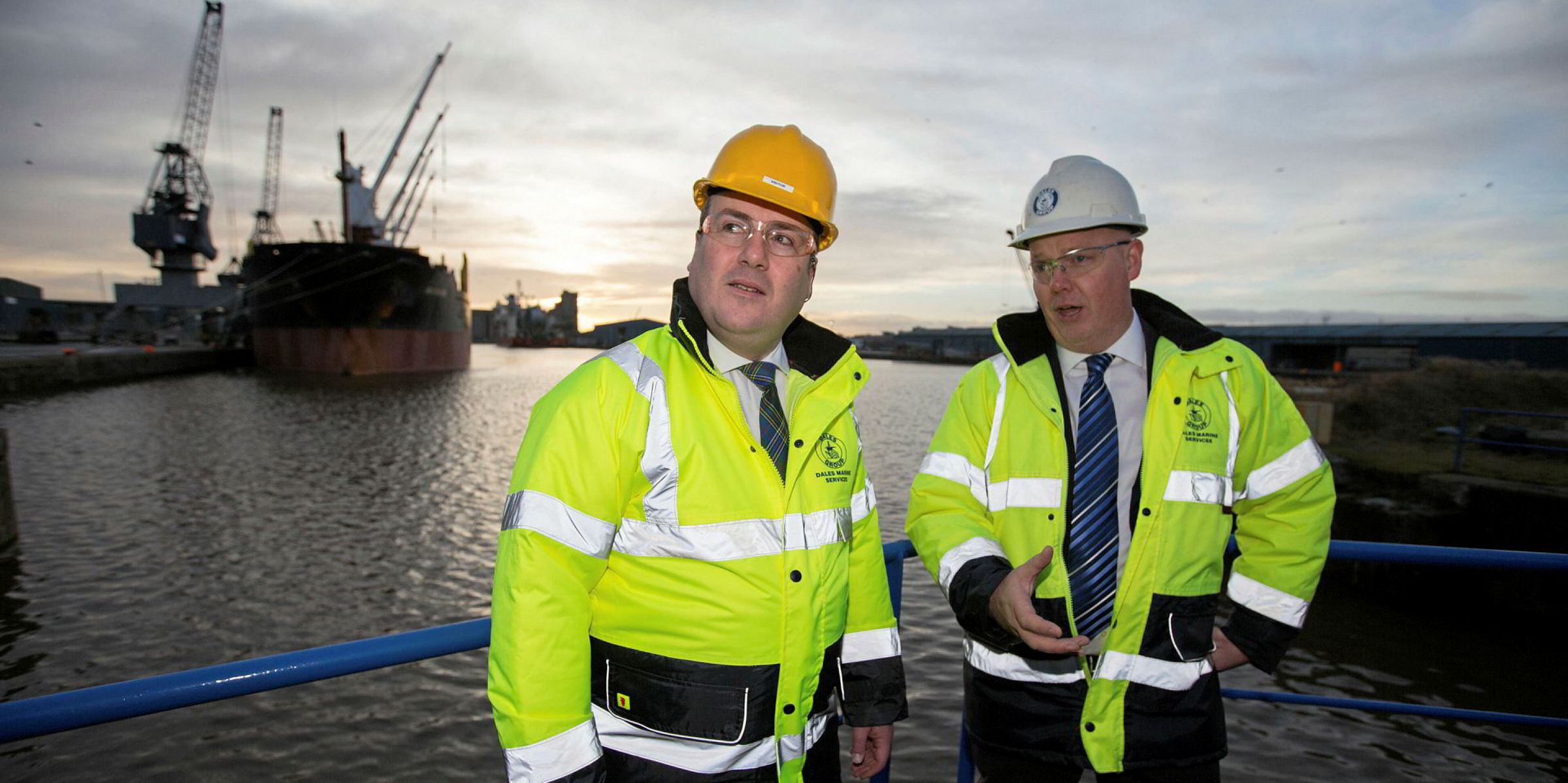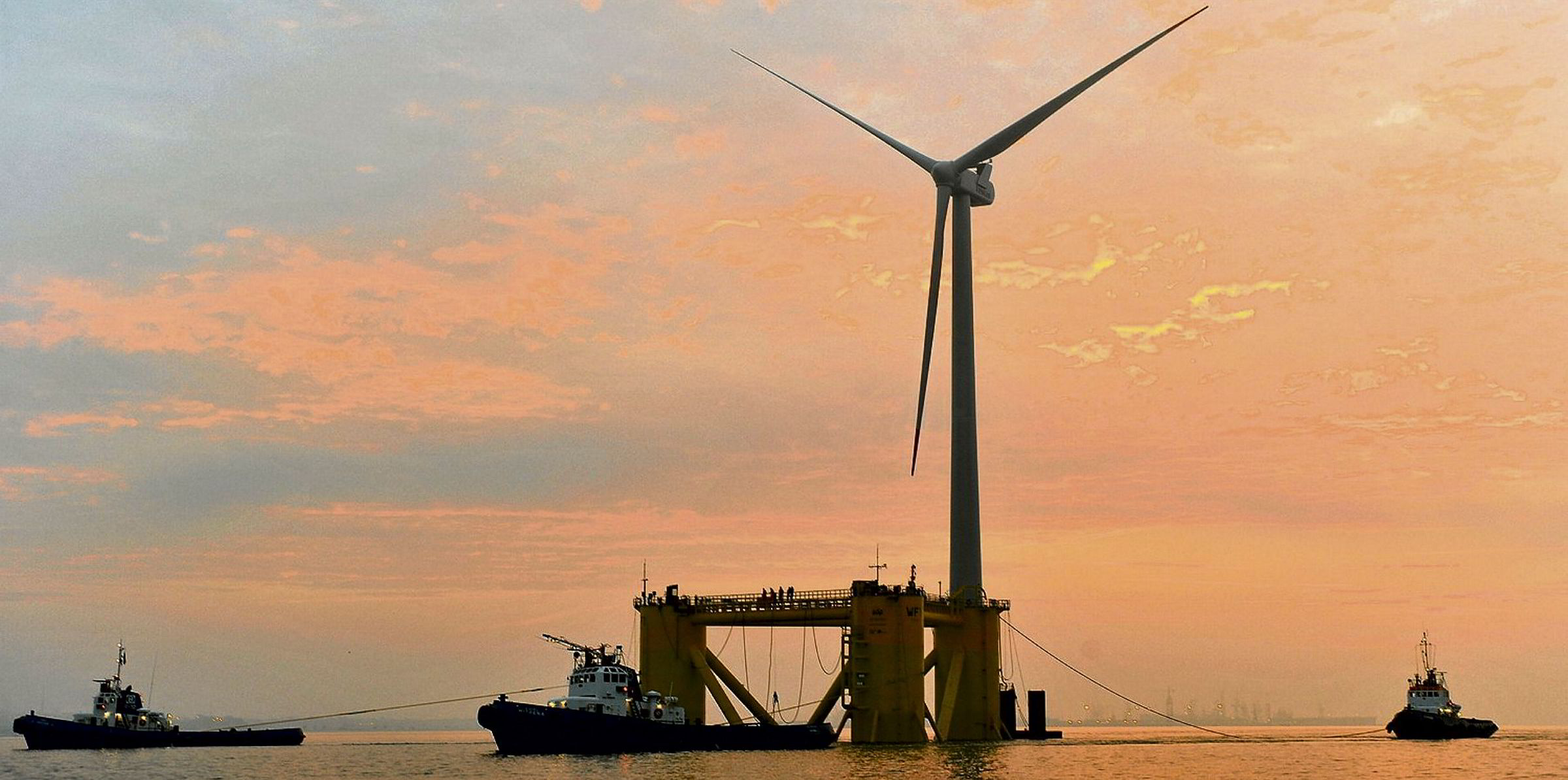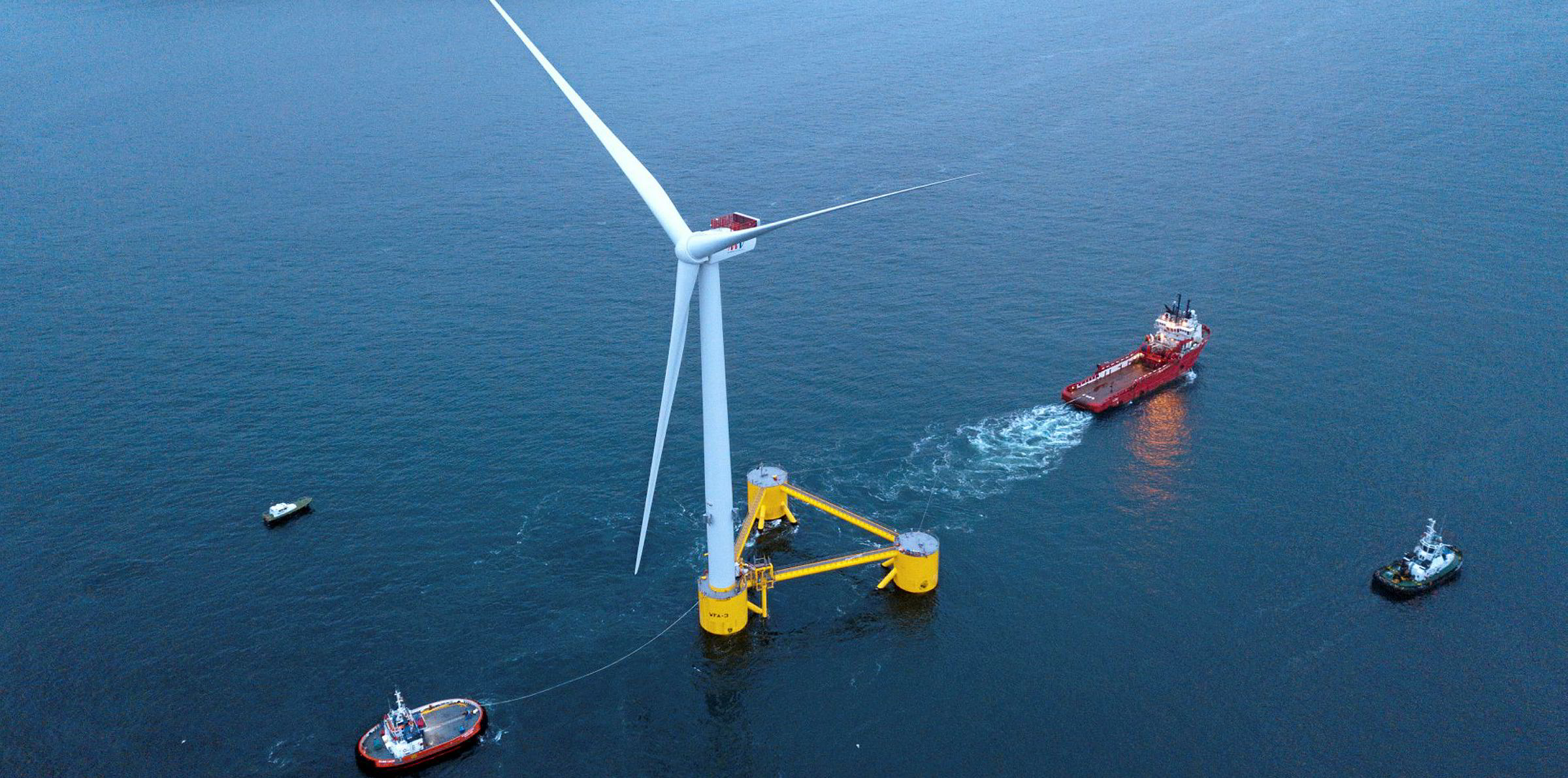UK government-industry technology development body the Offshore Renewable Energy (ORE) Catapult has unveiled plans for a multi-million pound national centre of excellence to speed next generation floating wind technologies to market.
The Floating Wind Centre of Excellence (FWCE), which is backed by £1m from the Scottish government and Wales-based Marine Energy Engineering Centre of Excellence, as well as match-funding from industry, will have the mission of “reducing the cost of energy from floating wind, accelerating the build-out of floating farms, creating opportunities for the UK supply chain and drive innovations in manufacturing, installation and operations and maintenance”.
“We recognise the vital role that floating offshore wind will play in our future energy system as we continue our transition to a net zero economy and we strongly support this innovative technology,” said Scottish energy minister Paul Wheelhouse, announcing the centre’s launch today (31 October) at Renewable UK/Scottish Renewables’ floating wind conference in Aberdeen, Scotland.
“Scotland’s unique deep-water profile and significant expertise in oil & gas mean we are exceptionally well placed to take advantage of the huge economic opportunity presented by early adoption of commercial scale floating projects.
“The collaborative programme of work delivered through the [FWCE] will ensure that Scotland remains a world-leader in floating wind innovation and move us closer to seeing widespread deployment in more than 462,000km2 of seas within Scotland’s Exclusive Economic Zone.”
Eight projects will lead off the FWCE’s activities:
Powering offshore oil platforms using floating wind turbines
- Hybrid bottom-fixed-floating wind sites
- Grid connection for Scottish offshore wind / off-grid opportunities, including H2
- Floating substructures for fabrication in Scotland
- Mapping Scotland’s floating wind supply chain
- Scottish aquaculture and floating wind synergies
- Mapping Cornwall and Wales floating wind supply chain
- Site characterisation of the Atlantic Approaches and Celtic Sea
Chris Hill, ORE Catapult’s operational performance director, stated: “According to International Energy Agency estimates, the next generation of floating turbines could generate enough energy to meet the world’s total electricity demand 11 times over in 2040.
“Our team of innovation experts and engineers will work across industry and academia to accelerate floating wind technology deployment and de-risk and encourage innovation to ensure we deliver UK economic benefit from the global growth of floating wind – growing local supply chains and delivering UK content and jobs.”
Hill said there had already been “strong interest” shown by offshore wind developers Total, Equinor, Mainstream Renewable Power and EDP Renewables, along with three UK universities, in joining the FWCE.
Floating wind is seen as being central to the UK’s ambitious offshore wind growth target of 30GW and to meeting the Committee on Climate Change’s recommendation of 75GW of installed capacity by 2050.



